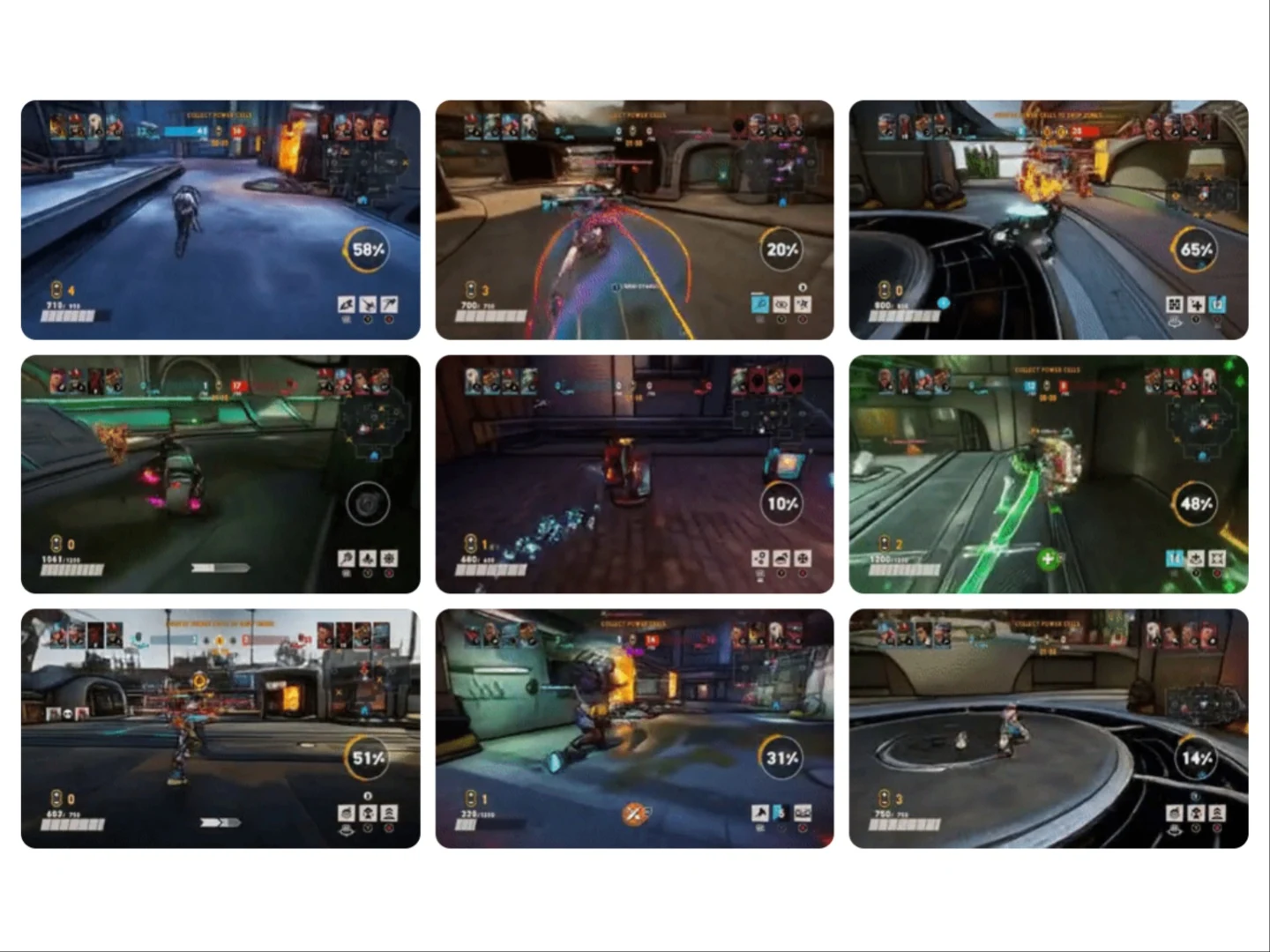Key Takeaways
1. Microsoft introduced a new generative AI model named Muse, designed to assist game developers in brainstorming and expanding their projects.
2. Muse operates as a ‘world and human action model (WHAM)’ and was developed in partnership with Ninja Theory for the game Bleeding Edge.
3. The model can understand game physics and analyze player interactions in a 3D environment, allowing for updates to older games for modern devices.
4. Low-resolution gameplay footage created by Muse was trained on over a billion images and controller interactions from seven years of gameplay.
5. Microsoft is developing a real-time playable AI model using Muse, aimed at enhancing creative processes for developers and improving the accessibility of classic games.
Microsoft has achieved a significant advancement in the realm of generative AI for video games, unveiling a new model named Muse, which is capable of creating gameplay. This model was designed to assist in brainstorming and support game developers in broadening their projects. Muse operates as a ‘world and human action model (WHAM)’ and was developed in partnership with the game studio Ninja Theory, specifically for their multiplayer battle arena game, Bleeding Edge.
Insights from Microsoft
Fatima Kardar, who serves as the Corporate Vice President of Gaming AI at Microsoft, provided insights into the innovative generative AI model. She emphasized that Muse is capable of comprehending game physics and can analyze how the game responds to players’ controller movements in a 3D environment. This functionality will also enable the adaptation of older games, making them playable on modern devices.
Gameplay Footage and Training
The company released some low-resolution gameplay footage produced by Muse, which was trained on more than seven years of continuous human gameplay, accumulating over a billion images and controller interactions. The generated footage has a resolution of 300×180 at 10 FPS, which surpasses previous efforts in generative AI for gaming models, yet it still falls short compared to the standard 1920×1080 resolution that gamers expect.
Future Developments
Despite this, Microsoft is already working on a real-time playable AI model that is being trained on other first-party games using Muse, which shows great promise. More than just the rendering quality, the ability to consistently generate intricate gameplay sequences highlights the potential of this AI model. The primary aim of this generative AI technology is to aid developers in creative brainstorming and to enhance the accessibility of classic games.
Source:
Link


Leave a Reply